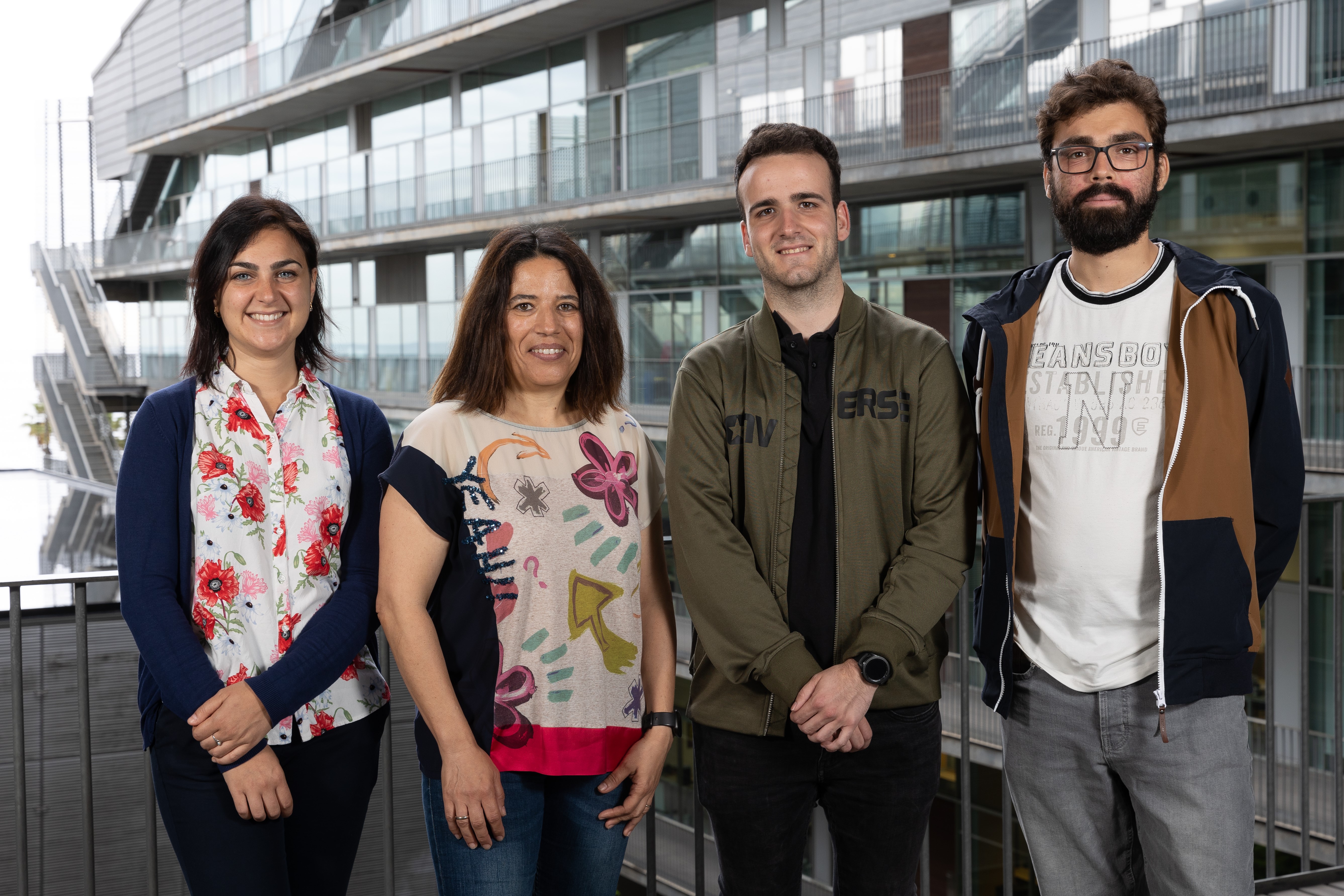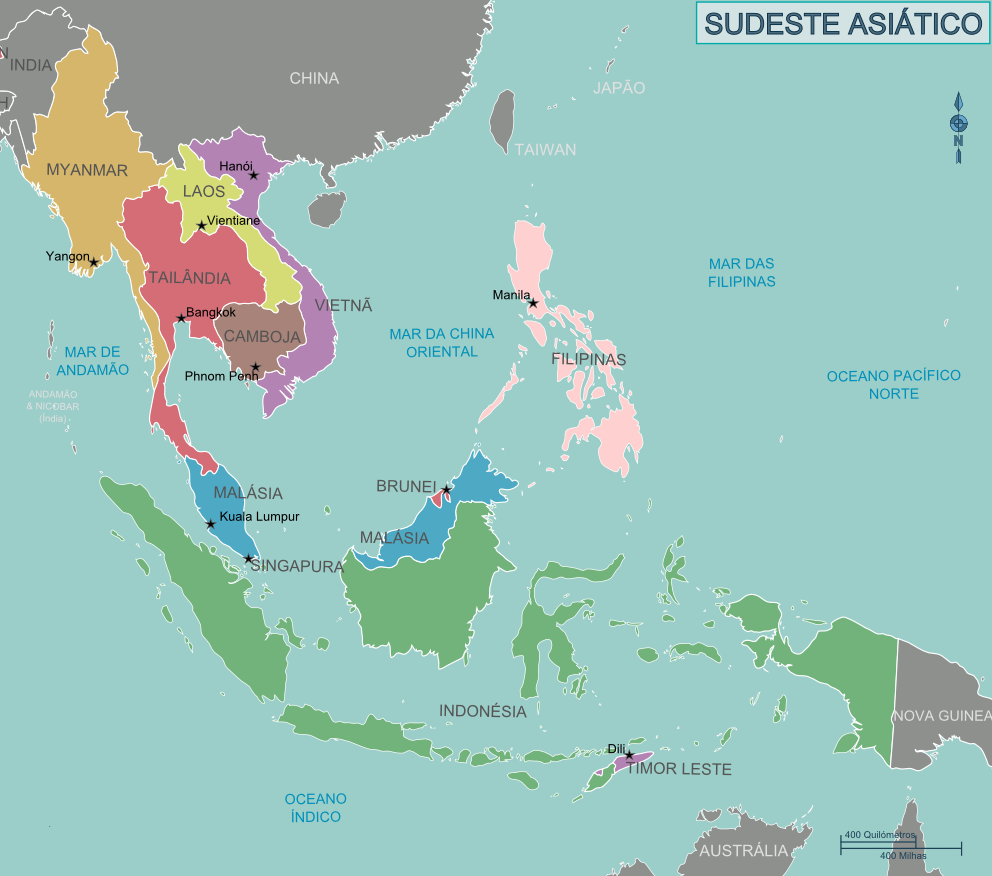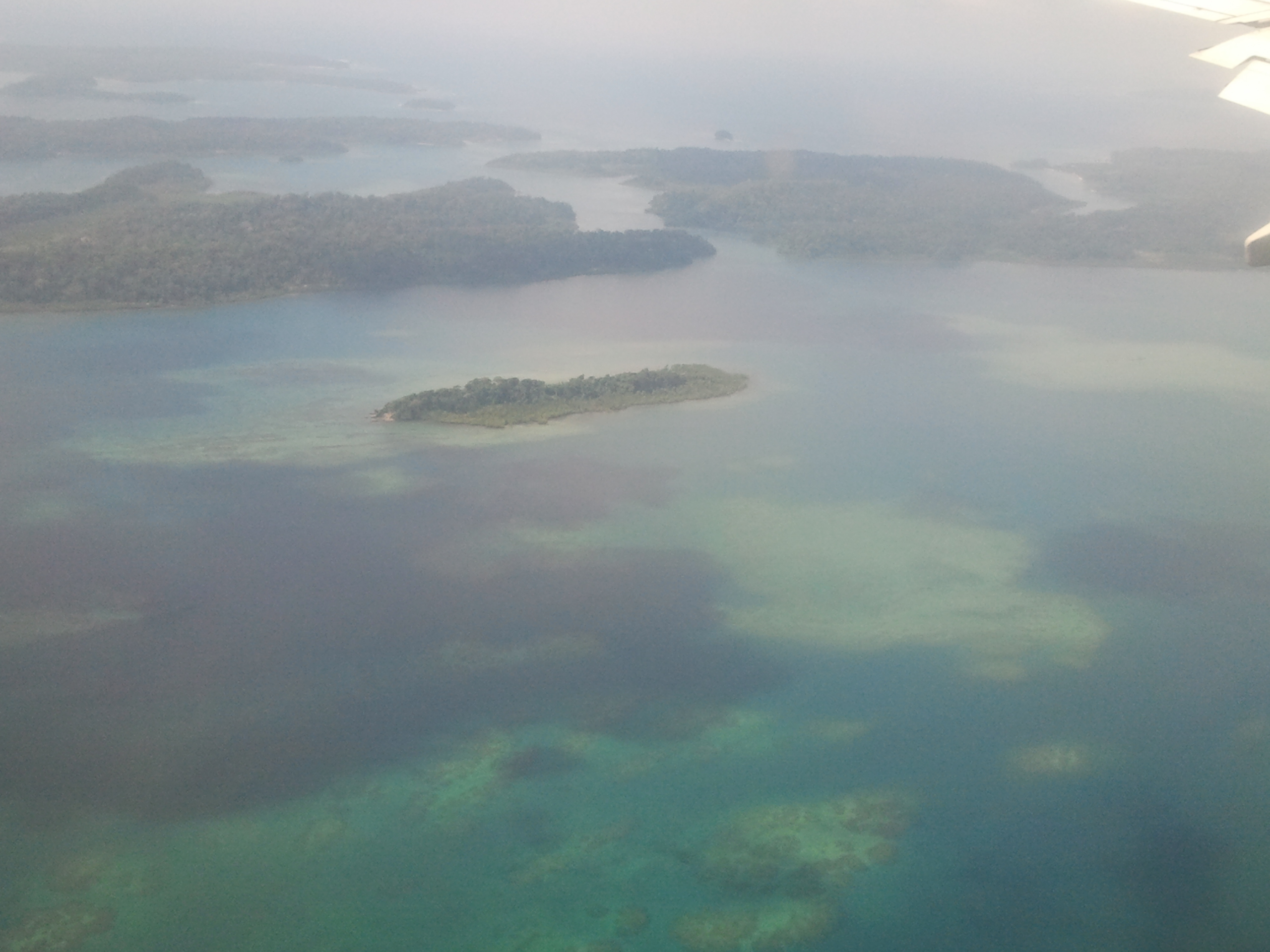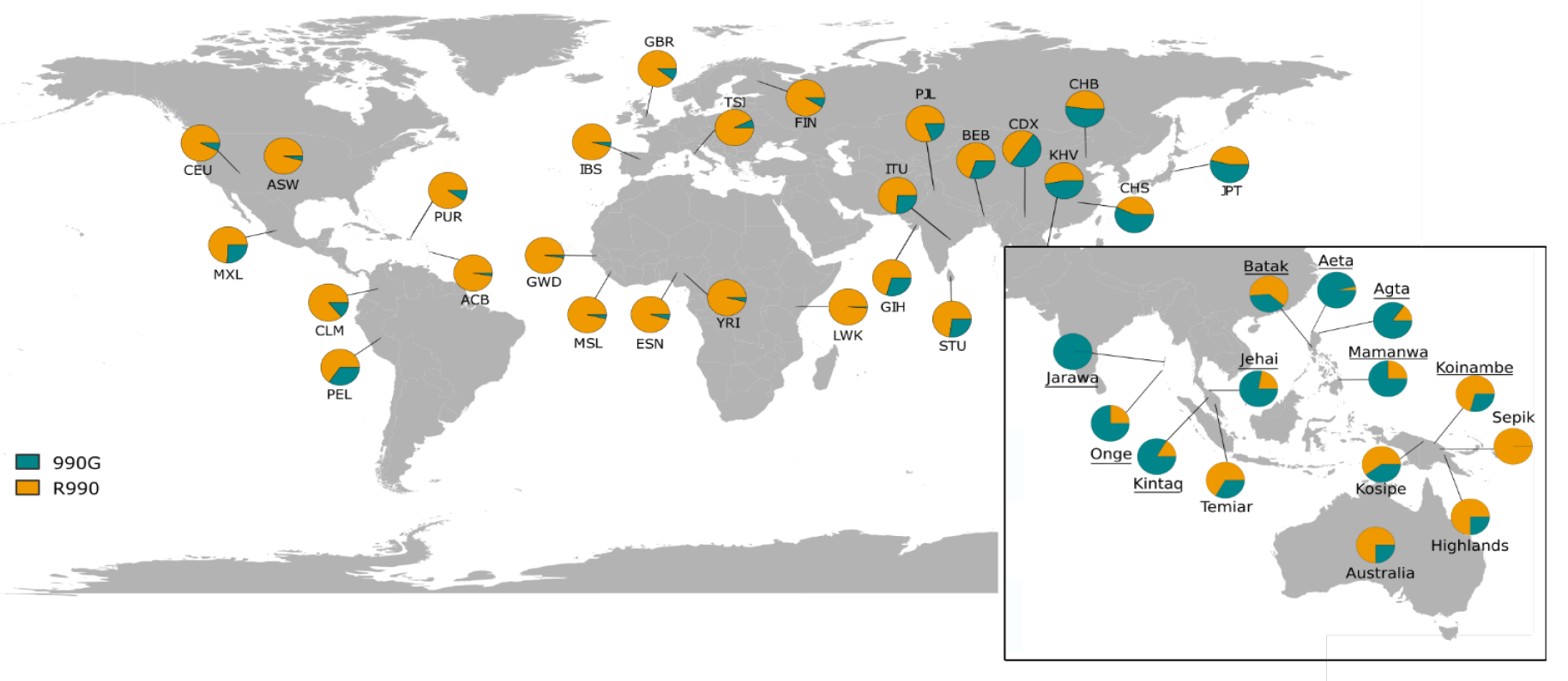Descoberta una adaptació genètica que podria facilitar la supervivència i reproducció de les poblacions del Sud-est Asiàtic
La ciència està plena de SHEroes que amb la seva passió, treball i creativitat han inspirat la biologia evolutiva d'avui.
Com a part del nostre compromís amb la societat, l'Institut de Biologia Evolutiva (IBE, CSIC-UPF) vol donar crèdit i visibilitat als assoliments de les científiques en evolució.
Amb aquest objectiu, llancem la campanya #WhoisyourSHEro per a compartir històries de dones que han tingut un impacte en la carrera científica dels / les nostres investigadors/es a través de les xarxes socials i la web.
La campanya continua avançant a mesura que més i més dones en evolució inspiren a la comunitat IBE.
Pots unir-te a la conversa a través de les xarxes socials amb l'etiqueta #WhoisyourSHEro.
 |
Descoberta una adaptació genètica que podria facilitar la supervivència i reproducció de les poblacions del Sud-est Asiàtic
Descoberta una adaptació genètica que podria facilitar la supervivència i reproducció de les poblacions del Sud-est Asiàtic
Un equip de recerca liderat per l'IBE ha identificat una variant genètica en poblacions del Sud-est Asiàtic que podria facilitar una major acumulació de greix corporal.
L'adaptació, identificada en poblacions indígenes d'Andaman, Malàisia i Filipines, podria suposar un avantatge evolutiu davant dels reptes nutricionals imposats per la selva tropical.
L'estudi apunta que aquesta major acumulació de greix podria promoure una maduresa sexual més precoç, com a resultat de l'adaptació davant d'un entorn hostil per a la supervivència.

A 1.370 quilòmetres de l'Índia continental es troben les Illes d'Andaman, un dels racons més remots i inexplorats del planeta. 28 de les 300 illes que formen aquest arxipèlag estan habitades pels Andamanesos, una població de caçadors-recol·lectors que ha mantingut un estil de vida aïllat fins a temps molt recents.
Sabem que els nadius d'Andaman van arribar per primera vegada a l'arxipèlag amb la gran migració "Out-of-Àfrica", que va poblar el món fa més de 60.000 anys. També sabem que es van creuar amb una enigmàtica espècie arcaica, avui extinta, que va viure al Sud-est Asiàtic.

Mapa del Sud-est Asiàtic. Crèdit:: Cacahuate, enmiendas de Globe-trotter, traducción de Texugo, CC BY-SA 4.0
Els Andamanesos, que avui són menys de 600 individus, es caracteritzen, com altres poblacions de caçadors-recol·lectors del Sud-est Asiàtic, per la seva alçada particularment baixa, el seu to de pell fosc, i també per l'acumulació de greix als malucs d'una bona part dels seus membres. Tot i que se sap que alguns d'aquests trets, com l'alçàda, serien el resultat de l'adaptació a l'estil de vida i les condicions de la selva, fins ara es desconeixien els mecanismes moleculars d'aquestes adaptacions.
Ara, un estudi liderat per l’Institut de Biologia Evolutiva (IBE), un centre mixt del Consell Superior d'Investigacions Científiques (CSIC) i de la Universitat Pompeu Fabra (UPF), ha identificat una variant genètica en la població de les Illes d'Andaman, compartida amb altres poblacions de caçadors-recol·lectors de Malàisia i Filipines, que va poder facilitar la seva supervivència i reproducció. La investigació, liderada per Elena Bosch, investigadora principal de l'IBE i del Departament de Medicina i Ciències de la Vida (MELIS-UPF), revela que una mutació en el gen CASR podria facilitar l'acumulació de greix en el cos, proveint-los de majors reserves.

Illes d'Andaman i Nicobar: un arxipèlag de més de 200 illes pertanyents a l'Índia. Entre elles es troba Sentinella del Nord, una illa d'accés prohibit, ja que actualment les autoritats índies reconeixen i respecten el desig dels illencs de viure sense cap contacte amb el món exterior. Crèdit a Adwait, CC BY-SA 4.0 DEED.
Publicat a la revista Molecular Biology and Evolution, l'estudi apunta que aquesta major acumulació de greixos podria promoure una maduració sexual precoç, la qual cosa hauria facilitat la supervivència d'aquestes poblacions en les difícils condicions de la selva.
El gen CASR, implicat en l'adaptació dels indis del Sud-est Asiàtic
L'equip va partir d'un estudi genòmic previ de la població d'Andaman, per identificar els gens darrere dels seus trets. Això els va portar a identificar el gen CASR, que codifica un receptor de calci en el cos i la substitució R990G, una mutació activadora del receptor. La mutació es va trobar a elevades freqüències en diverses poblacions del Sud-est Asiàtic, apuntant a ser una possible variant adaptativa. Tot i que el receptor identificat intervé directament en la regulació del calci, també participa en moltes altres funcions biològiques - en els ossos, pell i teixit adipós, entre altres.
Per poder estudiar els efectes de la substitució R990G, l'equip va dur a terme experiments amb ratolins amb aquesta mutació. En les seves anàlisis, van observar que els individus que comptaven amb la mutació tenien més teixit adipós. "Encara que esperàvem trobar alguna relació respecte al creixement dels ossos, els resultats principals ens van donar una altra resposta: els ratolins amb la mutació pesaven més", comenta Barbara Sinigaglia, anteriorment investigadora predoctoral al grup de Genètica Evolutiva de Poblacions liderat per Elena Bosch.
En el cas dels pobladors d'Andaman, Filipines i Malàisia, aquesta mutació podria haver estat afavorida de forma adaptativa, per proveir els individus de més reserves i fer front a les dures condicions de vida a la selva. "Especulem que aquestes característiques podrien haver facilitat la supervivència d'aquests grups de caçadors-recol·lectors durant períodes d'estrès nutricional i, en general, en les difícils condicions de les selves tropicals del Sud-est Asiàtic", comenta Bosch.
La relació observada entre el calci i l'acumulació de greix ja s'havia observat anteriorment, per exemple, en dones menopàusiques. "Estudis anteriors han informat que suplementar la dieta amb calci pot ajudar a baixar de pes durant la menopausa", apunta Francisco Muñoz, investigador principal del MELIS-UPF i col·laborador de l'estudi.

Mapa de la distribució de la presència de la mutació estudiada, que ha estat identificada a elevada freqüència en poblacions del Sud-est Asiàtic, en particular a les Illes d'Andaman, Filipines i Malàisia (en verd). Crèdit: Barbara Sinigaglia, Elena Bosch i MBE (Molecular Biology and Evolution).
La maduresa sexual precoç com a possible adaptació a un ambient hostil
D'acord amb altres estudis en diferents poblacions, la presència d'una major reserva de greix podria haver promogut una maduració sexual precoç. "Parlem de poblacions que viuen en entorns hostils, on l'aportació nutricional és bastant escassa. En aquest context, la reproducció precoç podria suposar un avantatge per a la supervivència de la població", comenta Sinigaglia.
La maduració sexual precoç també podria explicar l'alçada més baixa de les poblacions d'Àsia Oriental, una característica també observada en altres poblacions humanes de caçadors-recol·lectors a l'Àfrica. "No obstant això, s'haurien de realitzar estudis d'associació en aquestes poblacions per comprovar que realment aquesta mutació en el gen CASR influeix en l'alçada més baixa que caracteritza a aquestes poblacions", precisa Bosch.
Els resultats podrien aportar llum sobre la pubertat precoç, un fenomen que afecta cada vegada més totes les dones. Alguns estudis apunten que l'obesitat i el sobrepès estan associats amb l'inici anticipat de la maduració sexual. "En el futur, l'estudi del paper del gen CASR podria aportar llum sobre els elements que determinen l'inici de la pubertat en les poblacions humanes", afegeix Bosch.
Article referenciat: Barbara Sinigaglia, Jorge Escudero, Simone A Biagini, Jorge Garcia-Calleja, Josep Moreno, Begoña Dobon, Sandra Acosta, Mayukh Mondal, Sandra Walsh, Gabriela Aguileta, Mònica Vallès, Stephen Forrow, Juan Martin-Caballero, Andrea Bamberg Migliano, Jaume Bertranpetit, Francisco J Muñoz, Elena Bosch. Molecular Biology and Evolution; Exploring Adaptive Phenotypes for the Human Calcium-Sensing Receptor Polymorphism R990G. DOI: https://doi.org/10.1093/molbev/msae015
